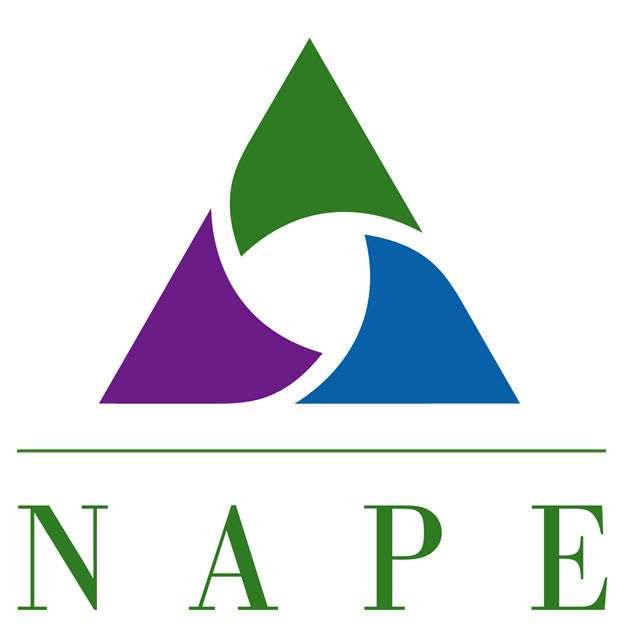STEM 3.4 Why We Must Improve STEM Career Awareness

As children, we are introduced to many careers through the people we meet, read about, watch on television, or observe in the world around us.
These careers become easier to understand because they are part of our human experience: nurses, teachers, doctors, firefighters, police officers, bankers, lawyers, etc.
Many times, as children, we even learn to identify these careers by what sort of uniform or clothing these professionals wear. These professions, among many others, are publicly understood, and it is somewhat easy to define the key roles and tasks for each.
However, careers in STEM are different. They are less tangible and recognizable. The roles and tasks among STEM disciplines are extensively diverse and more difficult to classify. It is less common to regularly interface with a STEM professional or observe one in the media.
This leads to a poor understanding among students, and the general population, about what STEM careers are and what STEM professionals do [1]. For this reason, it is imperative that we introduce students to careers in STEM and increase their awareness of the breadth of opportunities available to them.
Test your knowledge and awareness of STEM careers in the quiz below.
- Knight, M. and C. Cunningham, 2004, Draw an engineer test (DAET): Development of a tool to investigate students’ ideas about engineers and engineering. Proceedings of the 2004 American Society for Engineering Education Annual Conference & Exposition, Salt Lake City, UT: American Society for Engineering Education.
Cunningham, C., C. Lachapelle, and A. Lindgren-Streicher, Assessing Elementary School Students’ Conceptions of Engineering and Technology, Portland, OR: American Society of Engineering Education.

